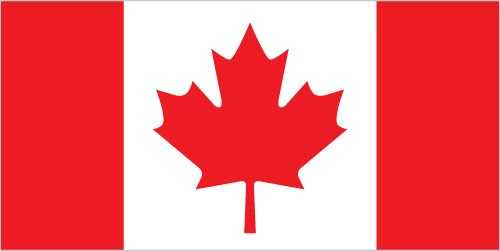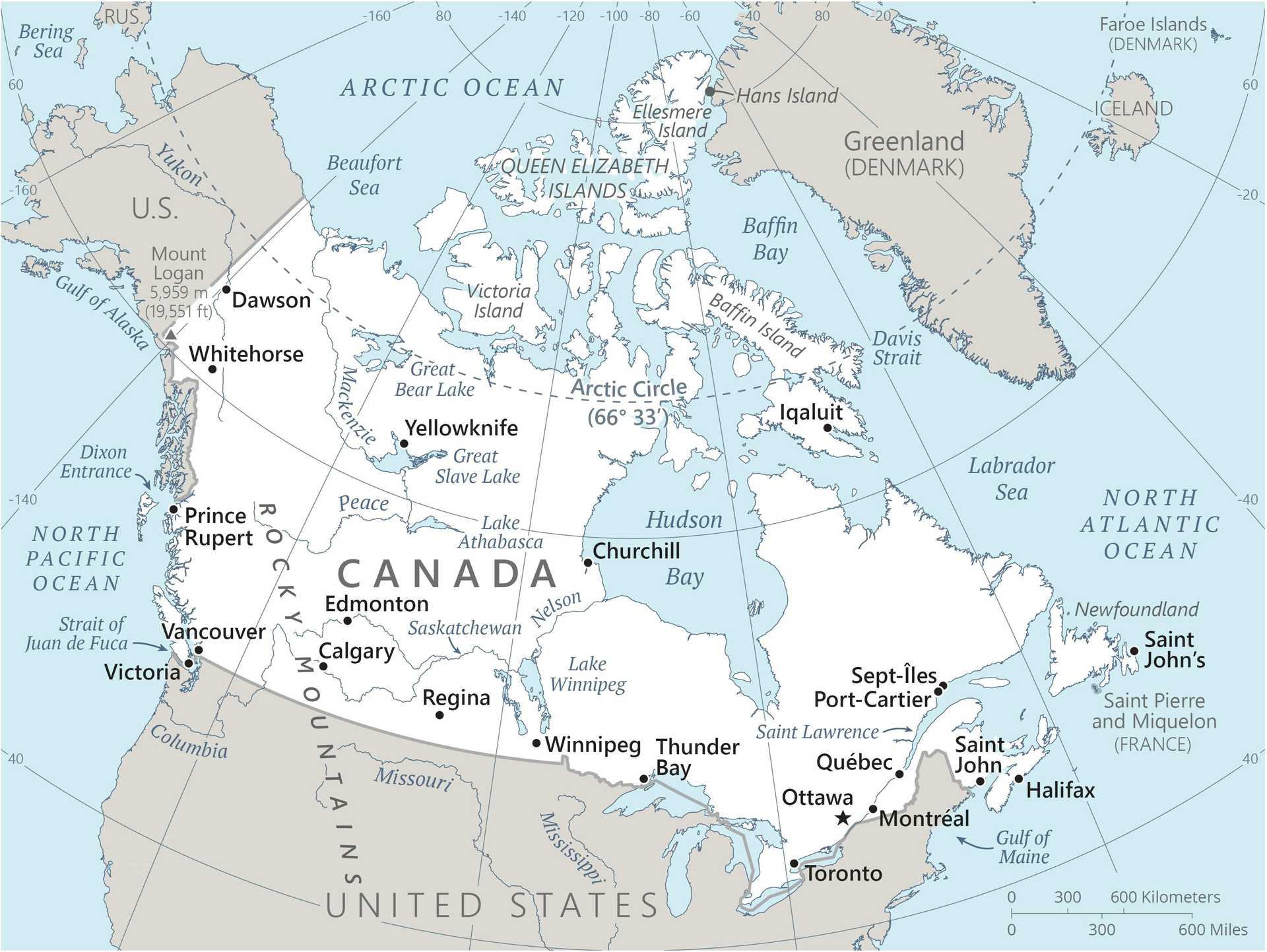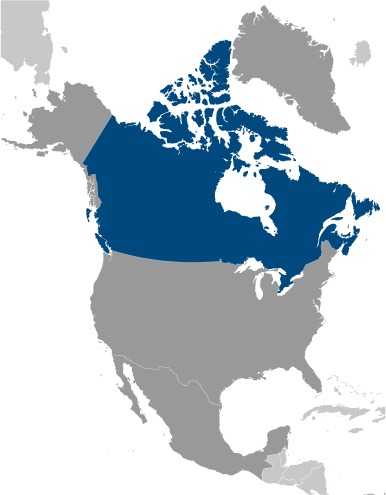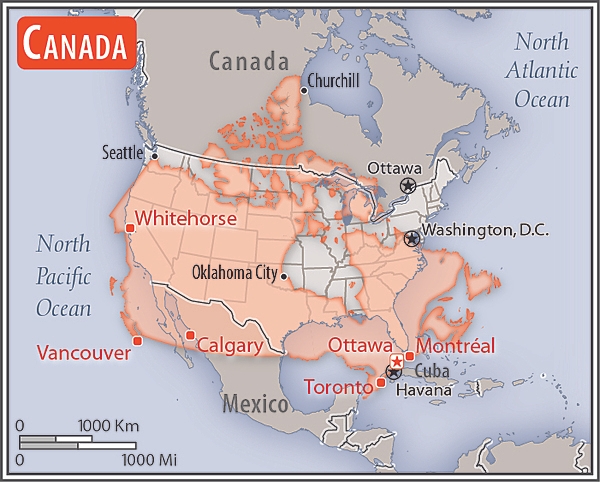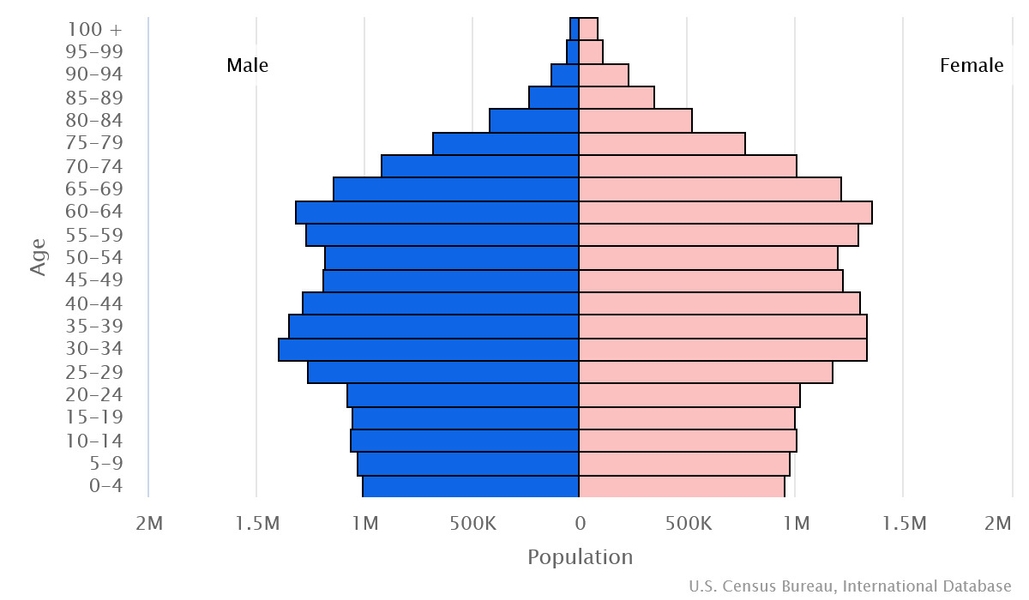Introduction
Visit the Definitions and Notes page to view a description of each topic.
Geography
People and Society
Population
comparison rankings: female 38; male 38; total 37
Languages
Median age
comparison ranking: total 40
Population growth rate
comparison ranking: 125
Birth rate
comparison ranking: 186
Death rate
comparison ranking: 82
Net migration rate
comparison ranking: 19
Maternal mortality ratio
comparison ranking: 142
Infant mortality rate
comparison ranking: total 185
Life expectancy at birth
comparison ranking: total population 5
Total fertility rate
comparison ranking: 189
Obesity - adult prevalence rate
comparison ranking: 26
Alcohol consumption per capita
comparison ranking: total 44
Tobacco use
comparison ranking: total 117
Education expenditures
comparison ranking: 70
Environment
Revenue from forest resources
comparison ranking: 119
Revenue from coal
comparison ranking: 27
Government
Economy
Real GDP (purchasing power parity)
comparison ranking: 16
Real GDP growth rate
comparison ranking: 163
Real GDP per capita
comparison ranking: 34
Inflation rate (consumer prices)
comparison ranking: 78
GDP - composition, by sector of origin
comparison rankings: services 39; industry 119; agriculture 166
Industrial production growth rate
comparison ranking: 165
Labor force
comparison ranking: 31
Unemployment rate
comparison ranking: 103
Youth unemployment rate (ages 15-24)
comparison ranking: total 129
Gini Index coefficient - distribution of family income
comparison ranking: 112
Public debt
comparison ranking: 77
Taxes and other revenues
comparison ranking: 156
Current account balance
comparison ranking: 197
Reserves of foreign exchange and gold
comparison ranking: 28
Energy
Electricity
comparison rankings: transmission/distribution losses 199; imports 18; exports 2; consumption 8; installed generating capacity 8
Carbon dioxide emissions
comparison ranking: total emissions 11
Energy consumption per capita
comparison ranking: 7
Communications
Telephones - fixed lines
comparison ranking: total subscriptions 16
Telephones - mobile cellular
comparison ranking: total subscriptions 44
Internet users
comparison ranking: total 28
Broadband - fixed subscriptions
comparison ranking: total 16
Transportation
Merchant marine
comparison ranking: total 32
Military and Security
Military expenditures
comparison ranking: 100

